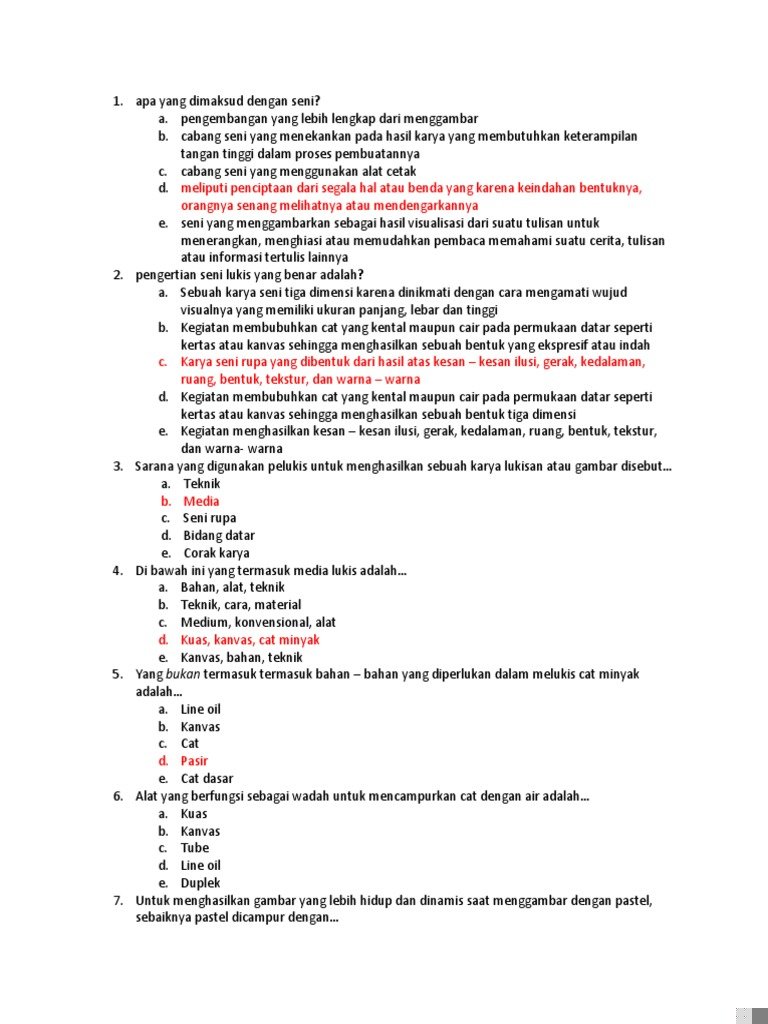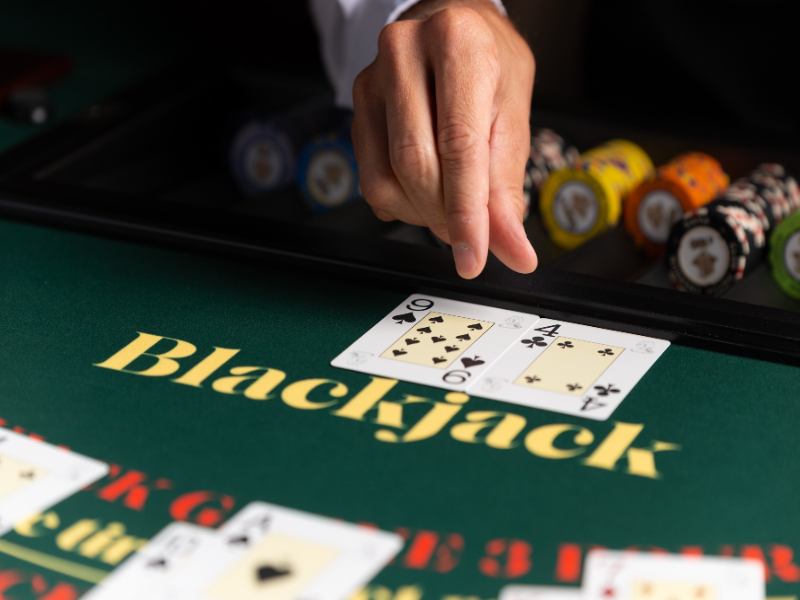
Art thrives on the tools artists use; the sarana yang digunakan pelukis untuk menghasilkan sebuah karya lukisan atau gambar disebut ‘media.’ These media include paints, brushes, canvases, and various techniques that bring a vision to life. Each choice reflects an artist’s intention and style, influencing the final piece profoundly.
Understanding the different media empowers both artists and art enthusiasts alike. From oil paints to digital tools, the diversity of materials opens a world of expression. Dive into this exploration of artistic tools and see how they shape creativity.
“`html
sarana yang digunakan pelukis untuk menghasilkan sebuah karya lukisan atau gambar disebut
Art has always been a vital part of human expression. From ancient cave paintings to modern digital art, artists have utilized various tools and materials to create their masterpieces. The term “sarana yang digunakan pelukis untuk menghasilkan sebuah karya lukisan atau gambar” refers to the various means or tools that painters use to produce their artwork. Understanding these tools expands our appreciation for art and the creative process itself. This article will delve into the essential tools, mediums, and techniques that artists employ to bring their visions to life.
Understanding Artistic Tools and Mediums
Artistic tools and mediums play a crucial role in painting and drawing. Each tool offers a different texture, blending capabilities, and visual effect. Let’s explore some of the most common tools used by artists.
Brushes
Brushes come in various shapes and sizes, each serving specific purposes:
- Round Brushes: Great for detail work and intricate designs.
- Flat Brushes: Useful for bold strokes and covering larger areas.
- Sponge Brushes: Perfect for creating textures and unique effects.
- Fan Brushes: Ideal for blending and softening edges.
Pens and Pencils
Drawing implements like pens and pencils help artists sketch and outline their ideas:
- Graphite Pencils: Available in various hardness grades, suitable for precise lines and shading.
- Charcoal: Offers rich, deep blacks and is excellent for expressive drawings.
- Ink Pens: Perfect for detailed linework and creating bold designs.
- Colored Pencils: Allow for vibrant colors and fine details in illustrations.
Paints
The type of paint an artist chooses significantly affects the final outcome of their work. There are several types of paint, including:
- Oil Paints: Known for their richness and depth of color, oil paints dry slowly, allowing artists to blend colors smoothly.
- Acrylic Paints: Water-based and quick-drying, acrylics are versatile and can mimic oils or watercolors.
- Watercolors: Transparent and often used for light washes, watercolors are perfect for soft, delicate paintings.
- Gouache: An opaque watercolor, gouache offers vibrant colors and a matte finish.
Surfaces for Painting
Alongside tools, the surface on which artists paint is essential. Different surfaces can produce various effects. Artists commonly use:
Canvas
Canvas is a popular choice among artists because of its durability. Some characteristics include:
- Texture: Can have a rough or smooth texture, influencing how paint adheres.
- Size: Available in various sizes, from small to large, allowing for diverse compositions.
Paper
Artists utilize various types of paper, including:
- Watercolor Paper: Specially designed to handle wet media.
- Sketch Paper: Ideal for quick drawings and practice.
- Cardstock: Heavier paper that can support various mediums.
Wood Panels
Wood panels provide a sturdy surface for oil and acrylic painting. They offer a smooth finish, which can enhance the detail in the artwork.
Techniques Used by Artists
In addition to tools and mediums, techniques play a pivotal role in how artists create their work. Different techniques help manipulate the paint and tools to achieve desired effects.
Brush Techniques
Artists use various brush techniques to add depth and dimension to their paintings:
- Stippling: Small dots or dabs create texture and shadow.
- Scumbling: A dry brush technique that produces a soft and diffused effect.
- Glazing: Applying thin layers of transparent paint allows light to pass through and create depth.
Blending Techniques
Blending techniques help smooth transitions between colors:
- Wet-on-Wet: Applying wet paint on wet paint results in soft edges and blending.
- Dry Brushing: Using a dry brush with little paint creates texture and highlights.
Exploring Different Art Styles
Artists often specialize in specific styles, each requiring distinct techniques and tools. Below are some popular art styles and their characteristics:
Realism
Realism aims to depict subjects as accurately as possible:
- Tools Used: Fine brushes, detail-oriented pens, and realistic color palettes.
- Techniques: Layering and glazing to achieve realistic textures and shadows.
Impressionism
Impressionism captures light and its changing qualities:
- Tools Used: Bristle brushes and a vibrant selection of colors.
- Techniques: Short, visible brush strokes to create a sense of movement.
Abstract Art
Abstract art moves away from direct representation:
- Tools Used: A variety of brushes, palette knives, and unconventional materials.
- Techniques: Layering, drips, and splashes to convey emotion rather than depict reality.
Innovative Tools in Modern Art
With technology advancing, artists have access to new tools that redefine the creative process. Here are some innovative tools artists increasingly use:
Digital Tablets
Artists now create stunning artwork using digital tablets. Key features include:
- Pressure Sensitivity: Mimics traditional brushes and allows for varied stroke width.
- Layers: Artists can build complex compositions without physical limitations.
3D Printing
3D printing technology allows artists to create tangible art pieces from digital designs. Some benefits include:
- Precision: Produces detailed models that are hard to achieve by hand.
- Material Variety: Can utilize plastics, metals, and other creative materials.
The Importance of Personalization in Art
While tools and techniques are essential, the artist’s personal touch is what truly brings artwork to life. Here’s how artists personalize their work:
- Choosing Colors: An artist’s color palette reflects their personality and emotion.
- Incorporating Personal Experiences: Life experiences heavily influence the themes and symbols in their art.
- Innovative Use of Tools: Artists often adapt and modify tools to suit their unique style.
In summary, understanding the “sarana yang digunakan pelukis untuk menghasilkan sebuah karya lukisan atau gambar” opens our eyes to the incredible variety of tools, mediums, and techniques available to artists. Each element contributes to the beauty of the art we see today. From traditional brushes to modern digital tools, these resources allow artists to express themselves freely and creatively. The next time you encounter a piece of art, take a moment to appreciate the hard work, skill, and countless tools that went into creating it.
“`
Soal UAS/PAS SENI BUDAYA Kelas 12 Semester 1 Tahun 2023 (latihan) #SENIBUDAYA #Kelas12 #semester1
Frequently Asked Questions
“`html
What materials do artists typically use for painting?
Artists often choose from a variety of materials, including oil paints, acrylics, watercolors, and pastels. Each medium has its own unique qualities and effects. For example, oil paints offer rich colors and a glossy finish, while acrylics dry quickly and can mimic watercolors or oils depending on how they are diluted or mixed. Watercolors provide a translucent effect, ideal for soft landscapes and delicate subjects, and pastels give a vibrant and textured appearance.
How does the choice of tools impact an artist’s work?
The tools an artist selects, such as brushes, palette knives, and sponges, significantly affect the outcome of their artwork. Different brushes can create various textures, lines, and effects, while palette knives can add depth and dimension. Additionally, the size and shape of the tools influence how the artist applies paint and interacts with the canvas, ultimately shaping the final piece.
Can you explain the role of a canvas in painting?
The canvas serves as the foundational surface where artists create their work. It provides a durable and stable substrate that can handle various mediums. Artists might choose canvas based on its texture, weight, or priming, which can enhance the vibrancy of colors. The choice between stretched canvas, canvas boards, or panels can also influence the style and technique an artist employs.
What techniques do artists use to apply paint?
Artists employ a range of techniques to apply paint, including layering, glazing, impasto, and wash. Layering involves applying multiple coats of paint to build depth, while glazing uses thin, transparent layers to create luminosity. Impasto involves applying thick paint to create texture, and wash techniques use diluted paint for a soft, fluid effect. Each method allows for a different visual language in the artwork.
What is the significance of color choice in painting?
Color choice plays a crucial role in conveying emotions, setting the mood, and impacting the overall composition of a painting. Artists consider color theory principles, such as complementary and analogous colors, to create harmony or contrast. The psychological effects of colors also influence how viewers perceive the artwork, making it an essential aspect of an artist’s creative expression.
“`
Final Thoughts
The means used by painters to create a work of art or drawing play a crucial role in the artistic process. These tools and materials, whether traditional or modern, can significantly influence the final outcome of a painting. Understanding that “sarana yang digunakan pelukis untuk menghasilkan sebuah karya lukisan atau gambar disebut” helps artists choose the right components for their vision.
Ultimately, the choice of these tools shapes not only the technique but also the emotional impact of the artwork. Each artist’s unique selection of materials contributes to their individual style and expression. Exploring these elements fosters appreciation for the artistry behind every piece created.




